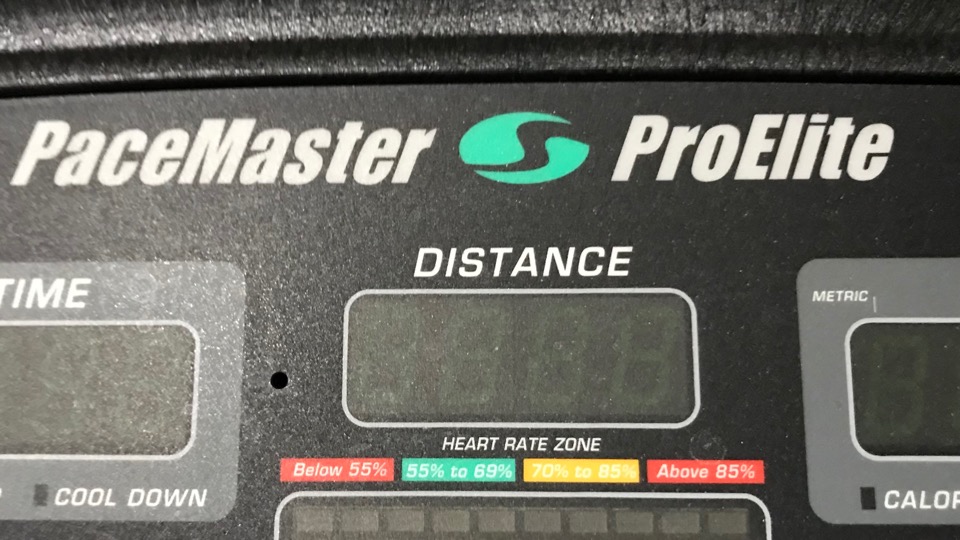Whenever I tell someone that I have done a run workout, the most common question that I get is, “How far did you run”?
I usually respond with a distance, because it is great that people are interested enough to ask a question. If I get the chance however, I go on to explain that my runs are usually measured in time and not distance. I say the distance always varies, because it depends upon the type of run I did.
We do different types of run, in order to illicit different physiological effects on our body. The purpose of an easy pace run is different to a tempo run, and also different again, if the run includes fast paced intervals. The distance covered per given time, is different for each type of workout, because each workout dictates that we run at different paces.
Also, it is possible that two runs of the same type done for the same amount of time, can yield different distances. If you run at a tempo pace on a cool day when you are well rested, it is very likely you will cover more distance than an ‘identical’ run, done when you are tired and it is hot and humid outside.
When I started running, most of the training plans that I used, were distance based. My long run might be ten miles one week, eleven miles the next week and twelve miles the third week. This sounds like a nice slow progression of effort from one week to the next. I found however, that as the training load increased, my pace on the long runs slowed down quite a bit. This meant that the twelve mile run would take me considerably longer than the eleven mile run the week before. I was increasing run distance gradually, but I was increasing my run time by substantially more. This led to injuries, probably caused by increasing load (time on my feet) too quickly.
So be careful not to get hung up on distance during runs (or other workouts for that matter). Manage workouts by time, and you will be in a better place to avoid injuries.



